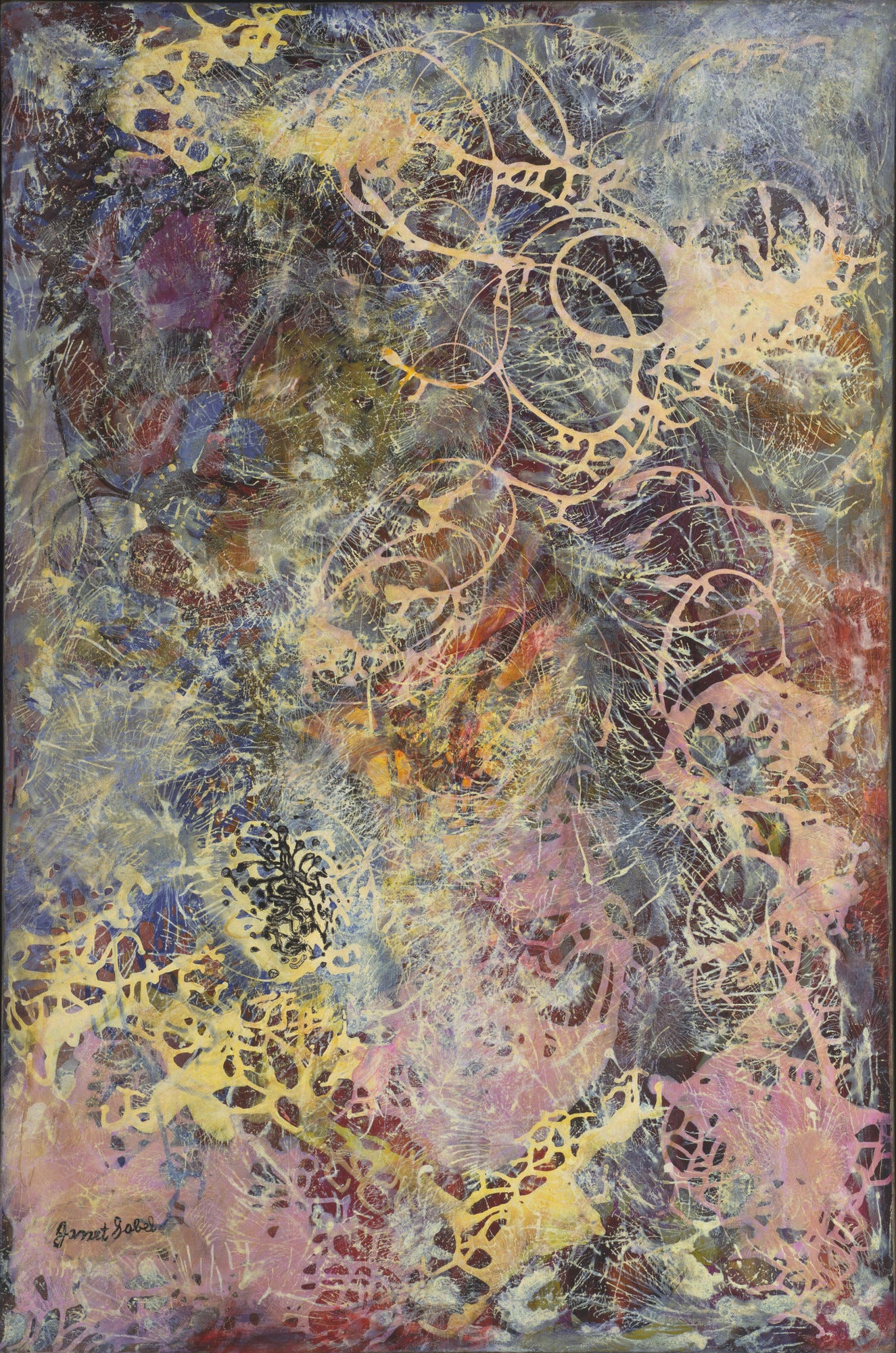
You might have heard the phrase, “Being dululu is the solulu,” which if you aren’t a Gen-Z or know their slang, refers to the idea that being delusional is “self-deception as self-care.”1 While the phrase hit peak online exposure in 2023, the concept remains.
There’s no doubt that being any type of creative requires a certain level of confidence. Confidence is required to share your work with others and put it out for a broader audience to consume. But I think it’s more than confidence that’s required. I believe mild delusion is also not only healthy, but a necessary mindset to persist as an artist.2
I’m in the midst of reading, The Story of Art Without Men by Katy Hessel, an eye-opening chronology of art history through the creations of women artists, spanning the Renaissance to present day. In it are stories of women artists who pioneered art movements and whose work created waves when they were displayed.
For example, in 1935, Swiss Surrealist artist Meret Oppenheim exhibited a fur-lined teacup, titled Object, at the Surrealist Exhibition in New York, which caused a huge uproar amongst viewers with the sensory triggering item. Her contemporaries were delighted, including Max Ernest who said, “Who covers a soup spoon with precious fur? Who has outpaced us? Little Meret.” As with all art, not all critics were convinced.
I believe mild delusion is also not only healthy, but a necessary mindset to persist as an artist.
Being mildly delusion as an artist means you’re willing to try something new or innovative — even if it’s never accepted in your lifetime. You’re willing to spend enormous amounts of time on a creative project that may never receive financial reward or recognition. You’ll willing to be rejected, often many times, in the hopes that someone recognizes your talent.
Most people don’t embark on a project they don’t think has any merit. You’re hoping, wanting and wishing for it to be consumed by the right people. That some people might even like (or love) it. Even if you didn’t start the project with any clear objectives other than creative exploration, if you chose to share it, then a part of you believed in it. Believed it needed to be seen by others.
I really like Gen-Z’s optimistic and playful perspective around self confidence. Sure, it’s partially in jest, but I think there’s something inspiring about the idea of having big dreams and wanting to achieve them. Psychotherapist Alison McKleroy told Today, “Being delulu is almost like a self-efficacy tool. Being able to own your choices, take action and be fulfilled.” While psychologist Marc Travers wrote in a post for Forbes, “The ‘delulu’ mindset reinforces once again the power of belief and self-talk in turning ideas into action with success.”
The key thing to remember in all of this, is you can’t dream big without taking action. Your book won’t write itself. You need to collect art supplies. You have to attend the audition to get the role. Delulu in itself is not enough to create tangible results.
If you only take one thing away from this post is that your delulu is most definitely the solulu, so embrace it. Your creative work is too important to ignore. Now, go get to work.
* (I chose this painting because I recently learned about this artist and think more people should know about her contribution to this art movement and technique.) Janet Sobel, now considered a pioneer in Abstract Expressionism, used an “all-over” painting technique in the 1940s, creating Milky Way (1945), a jewel-like drip and splatter painting created from enamel paint. In 1945, Sobel was featured in an exhibition held at Peggy Guggenheim’s The Art of This Century and later in her own solo show. It wasn’t until 1947 that Jackson Pollock, an American painter, displayed his innovative paint-drip drawings, yet he failed to cite Sobel as an inspiration and has been synonymous with this technique.
The Guardian explains the origin of “delulu” which had derogatory connotations in relation to obsessive K-pop fans



